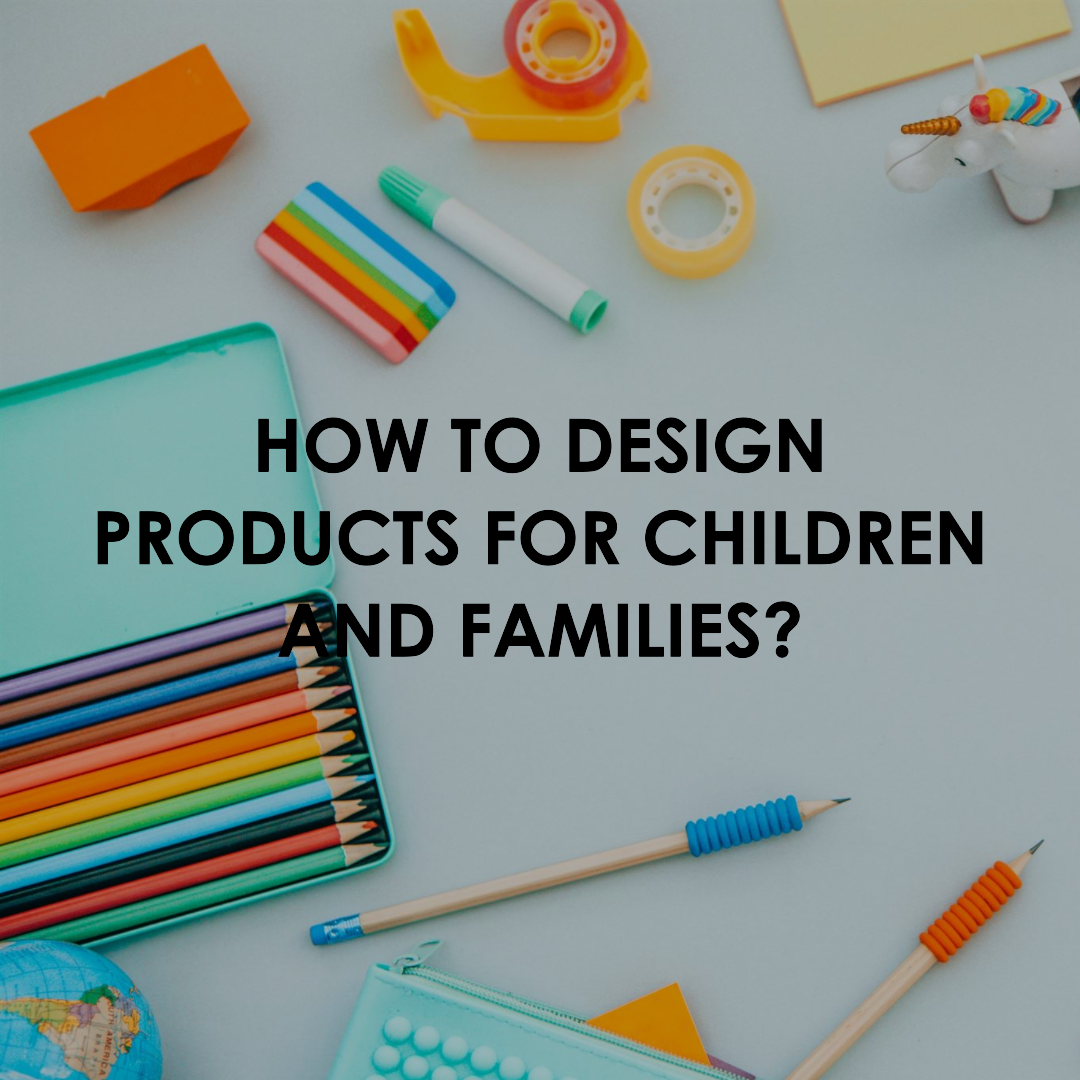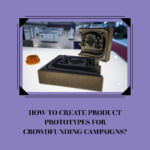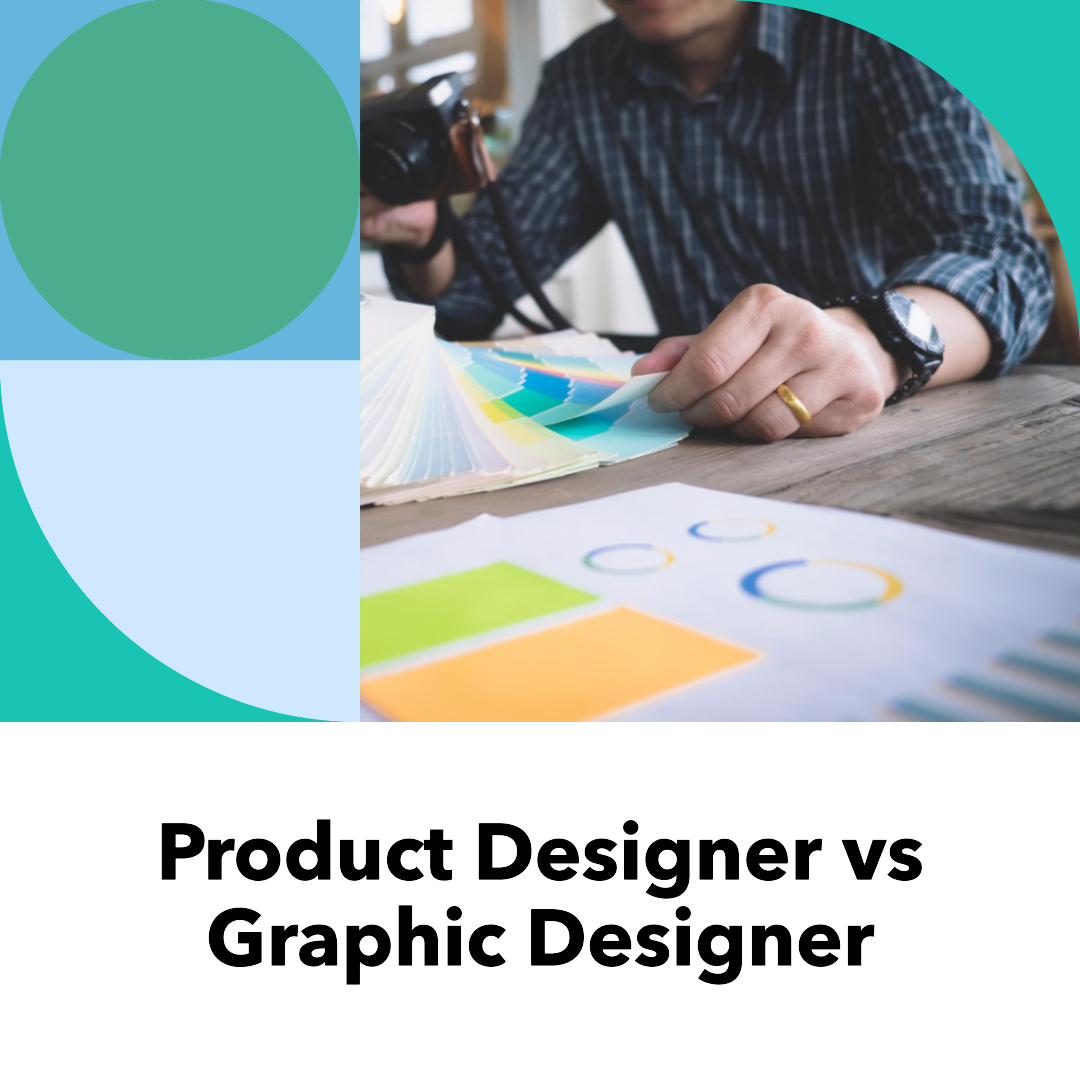How to design products for children and families?
Introduction
Designing products for children and families can be a challenging but rewarding task. Children have unique needs and developmental stages, and families are often juggling multiple priorities. It is important to design products that are safe, fun, and meet the needs of both children and their caregivers.
In this blog post, we will discuss the key principles of designing products for children and families. We will also provide tips and examples of how to design products that are both appealing to children and practical for parents.
Key principles of designing products for children and families
Here are some key principles to keep in mind when designing products for children and families:
- Safety is paramount: Children are curious and exploratory, so it is important to design products that are safe for them to use. This includes avoiding sharp edges, small parts, and other potential hazards.
- Durability is important: Children are often rough on their toys and other belongings, so it is important to design products that are durable and can withstand everyday wear and tear.
- Age-appropriate design: Children develop at different rates, so it is important to design products that are appropriate for their age group. Consider factors such as motor skills, cognitive abilities, and interests when designing products for children.
- Fun and engaging: Children should enjoy using the products that are designed for them. Use bright colors, playful patterns, and interactive features to create products that are fun and engaging for children.
- Parental involvement: Parents often play a role in choosing and using products for their children. When designing products for children, consider how parents will use the products and how they can support their children’s development.
Tips for designing products for children and families
Here are a few tips for designing products for children and families:
- Involve children in the design process: Children are the best experts on what they like and need. Involve children in the design process by getting their feedback on product concepts, prototypes, and final products.
- Observe children using products: Watch how children use products in real-world settings. This can help you to identify areas where products can be improved.
- Get feedback from parents: Parents are also valuable sources of feedback. Ask parents for their thoughts on product concepts, prototypes, and final products.
- Consider family needs: When designing products for children, consider the needs of the whole family. For example, design products that are easy to use for both children and adults.
- Make products affordable: Families often have limited budgets, so it is important to make products affordable. Consider using low-cost materials and manufacturing processes.
Examples of products designed for children and families
Here are a few examples of products that are well-designed for children and families:
- Fisher-Price Rock-a-Stack: This classic toy is designed for children ages 6 months and up. It is made with durable materials and has a simple, easy-to-use design. The toy also helps to develop children’s fine motor skills and problem-solving skills.
- IKEA Duktig Play Kitchen: This play kitchen is designed for children ages 3 and up. It is made with durable materials and has a realistic design. The toy also helps to develop children’s social skills and imaginative play.
- Melissa & Doug Jumbo Wooden Blocks: These wooden blocks are designed for children ages 2 and up. They are made with durable materials and have a simple, classic design. The blocks can be used to build a variety of structures and objects, which helps to develop children’s creativity and problem-solving skills.
- Ergobaby Omni 360 Baby Carrier: This baby carrier is designed for children ages 0-48 months. It is made with durable materials and has a comfortable, ergonomic design. The carrier can be used in a variety of positions, which allows parents to carry their children in a way that is comfortable for both of them.
- BabyBjorn Travel Cot Light: This travel cot is designed for children ages 0-3 years. It is lightweight and easy to set up, making it ideal for travel. The cot also has a safe and comfortable design, which gives parents peace of mind when traveling with their children.
Conclusion
Designing products for children and families can be a challenging but rewarding task. By following the tips in this blog post, you can create products that are safe, fun, and meet the needs of both children and their caregivers.








